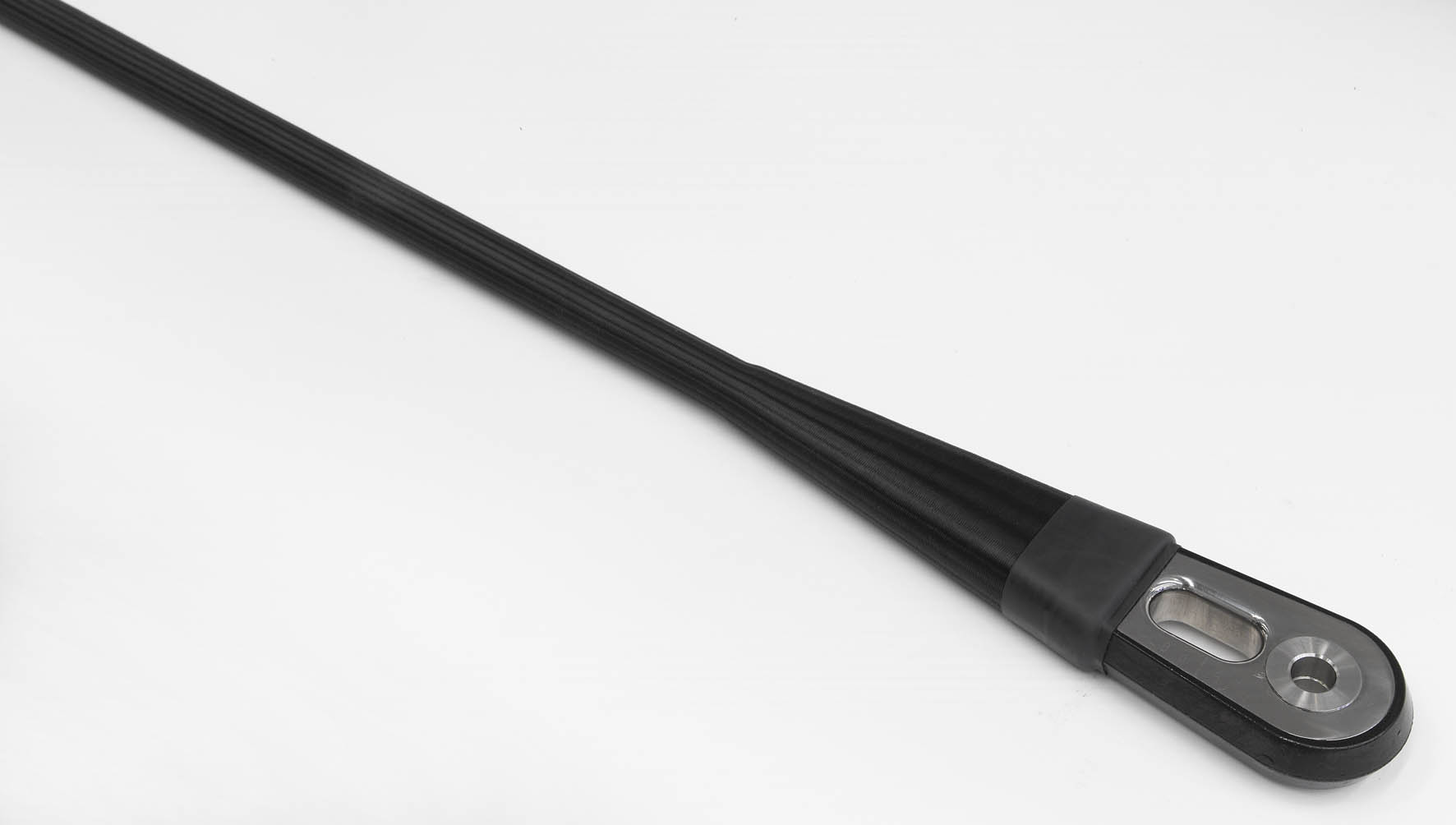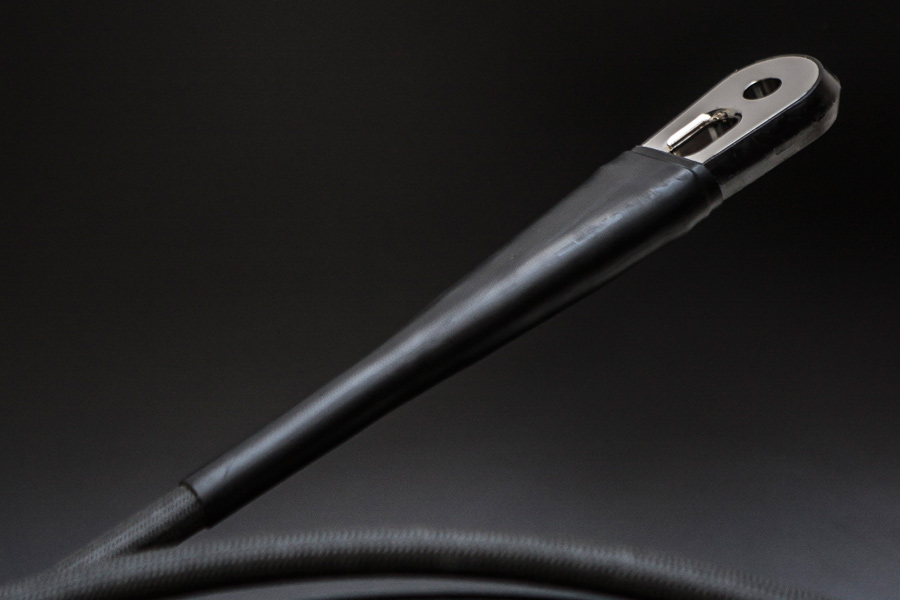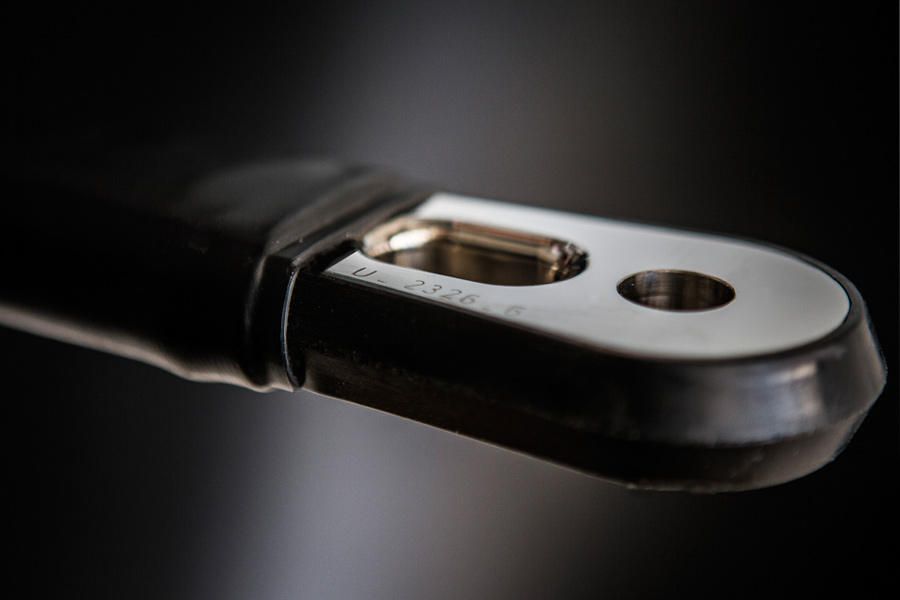About Torquelite
Future Fibres helped change the way that yachts are sailed in the modern era. The development of efficient torque transfer cables, such as Torquelite, meant that yachts could handle their large reaching sails much more easily and began to push towards larger and faster sails.
Torquelite Technology
Future Fibres has been building and developing torque transfer cables since 2000 using the continuous winding process, developed for America’s Cup and Open 60 campaigns. The continuously wound PBO or Kevlar cables and custom cover systems enable high torque transfer while still allowing the cable/sail to be dropped and flaked or coiled for storage on board. The cables are custom designed to interface with all furling systems.




